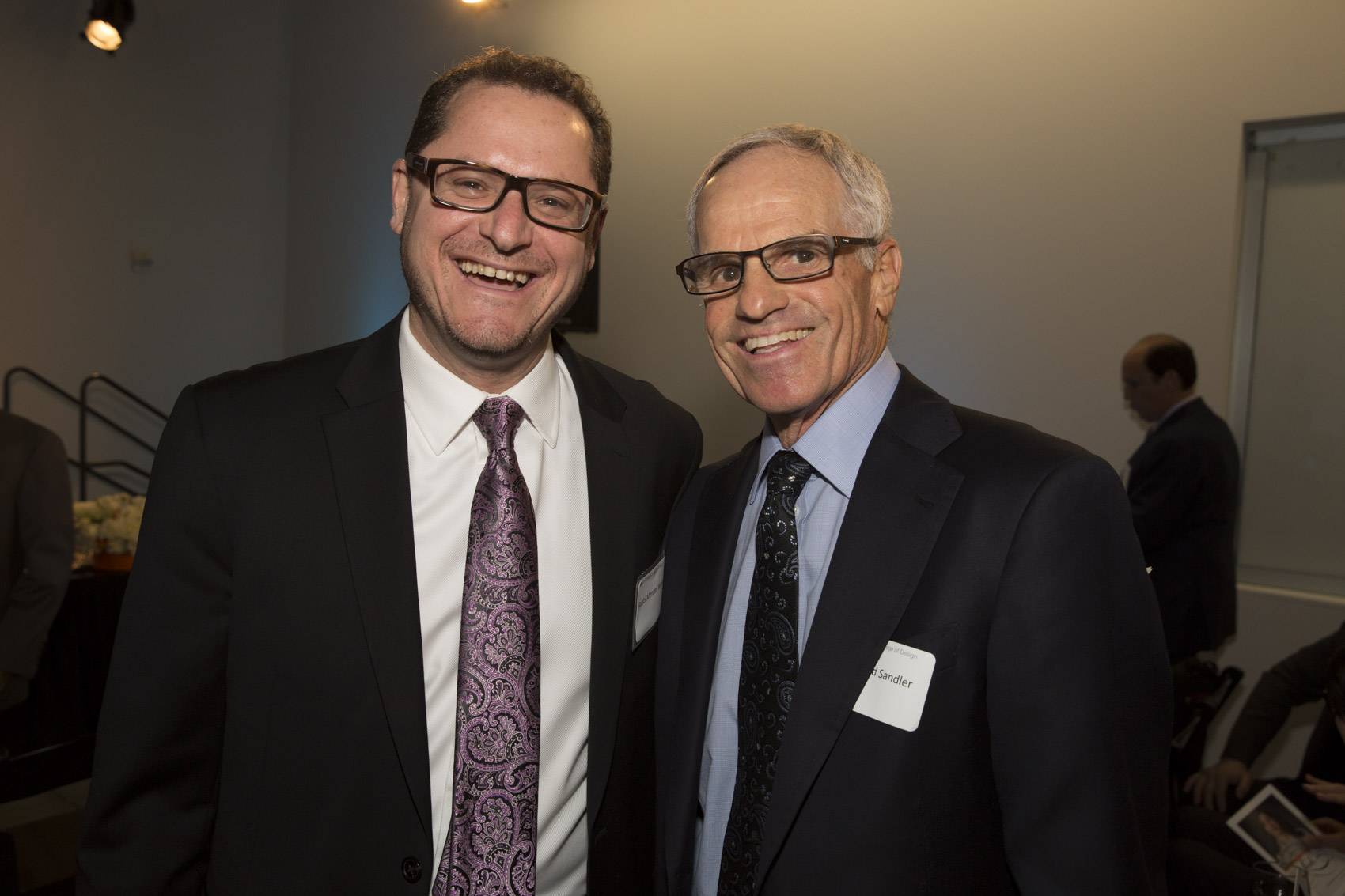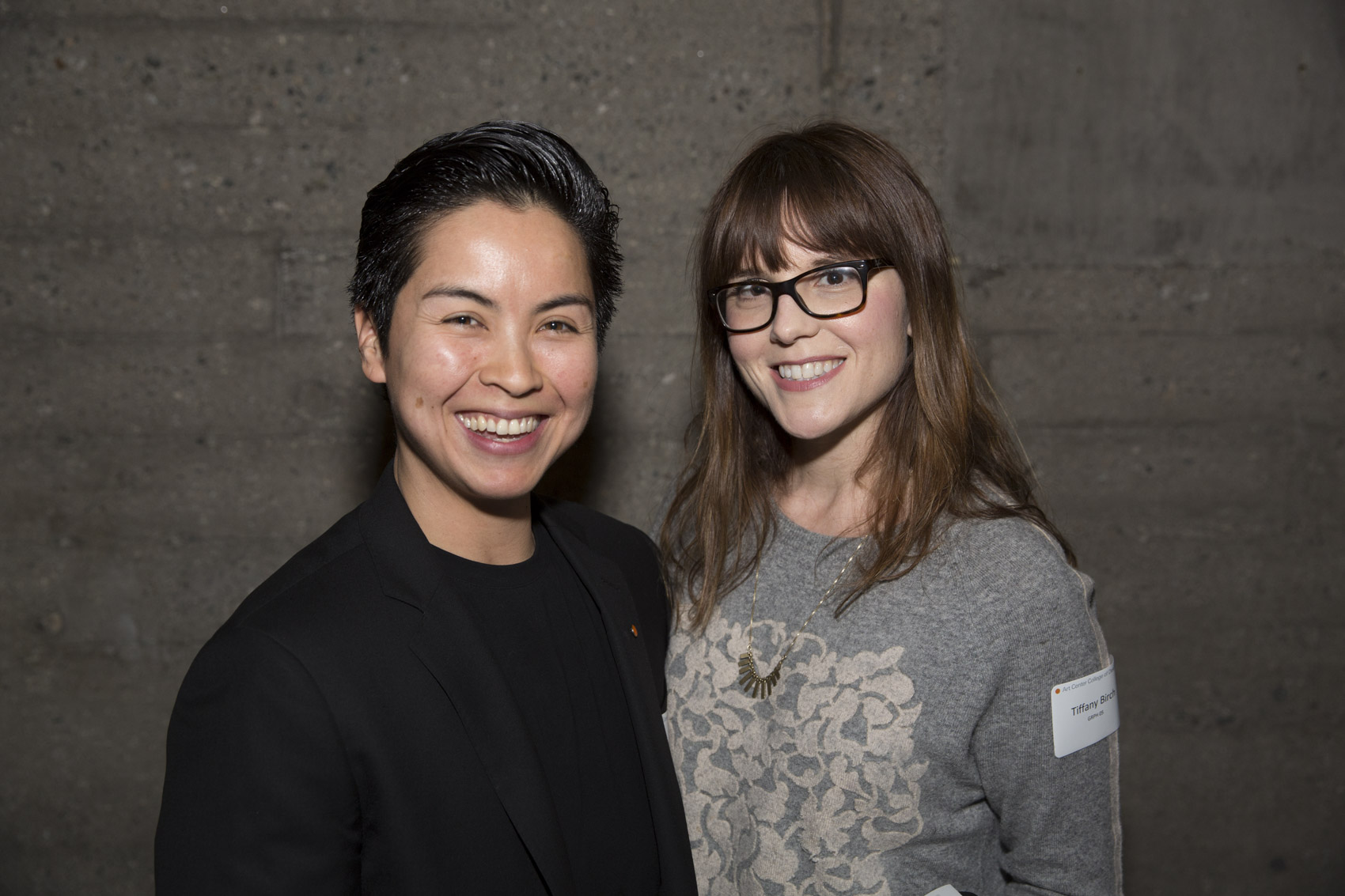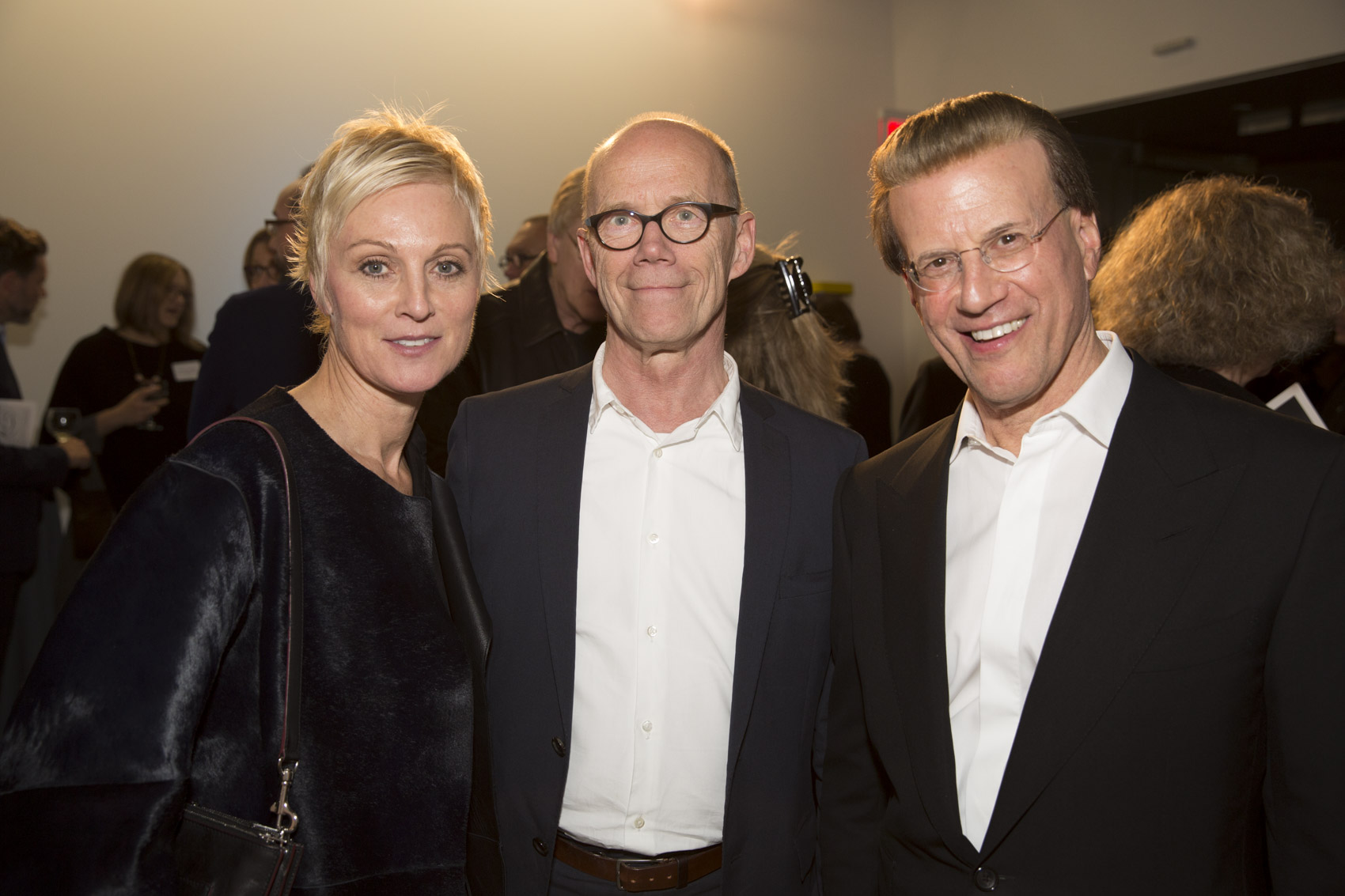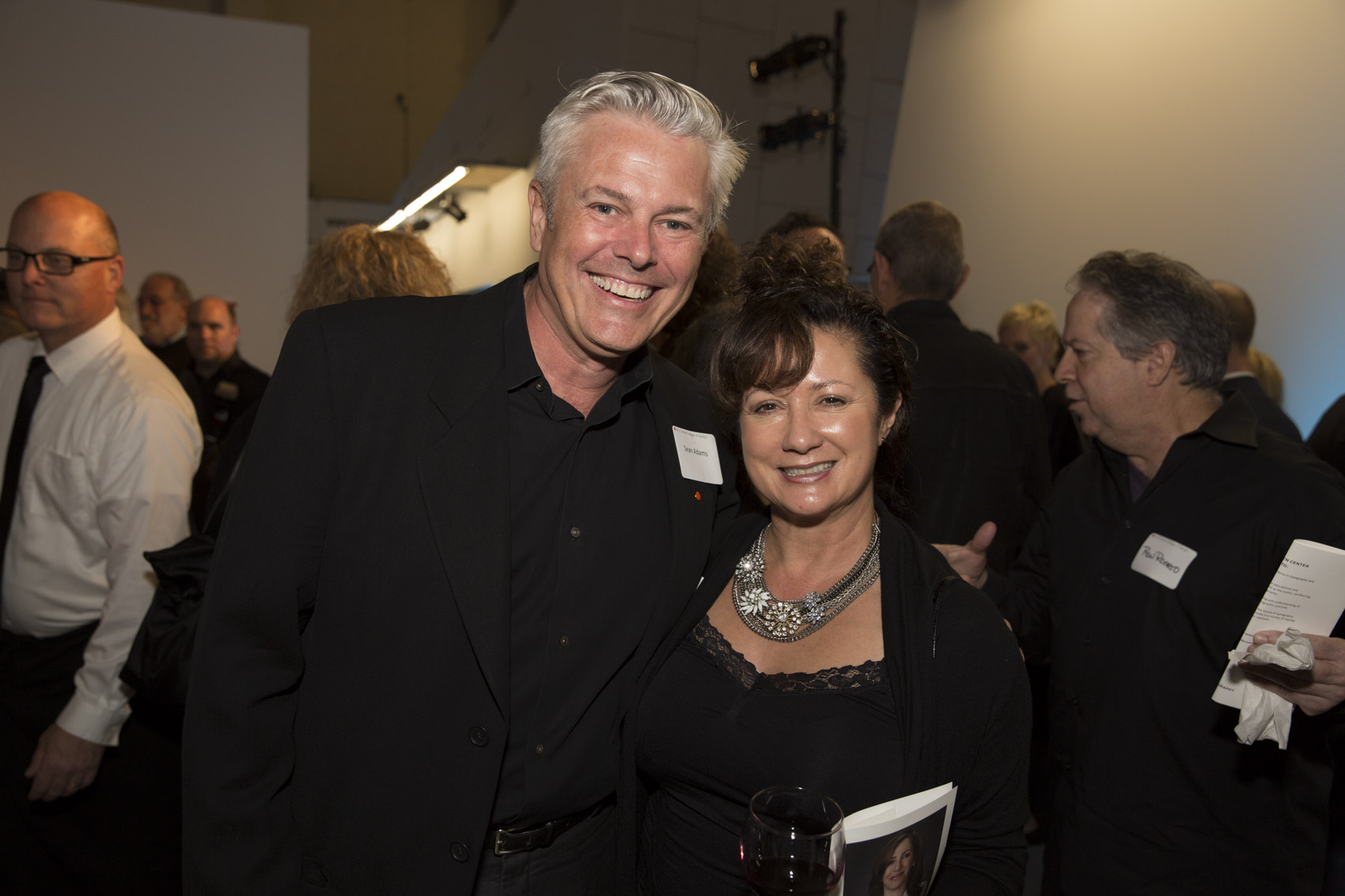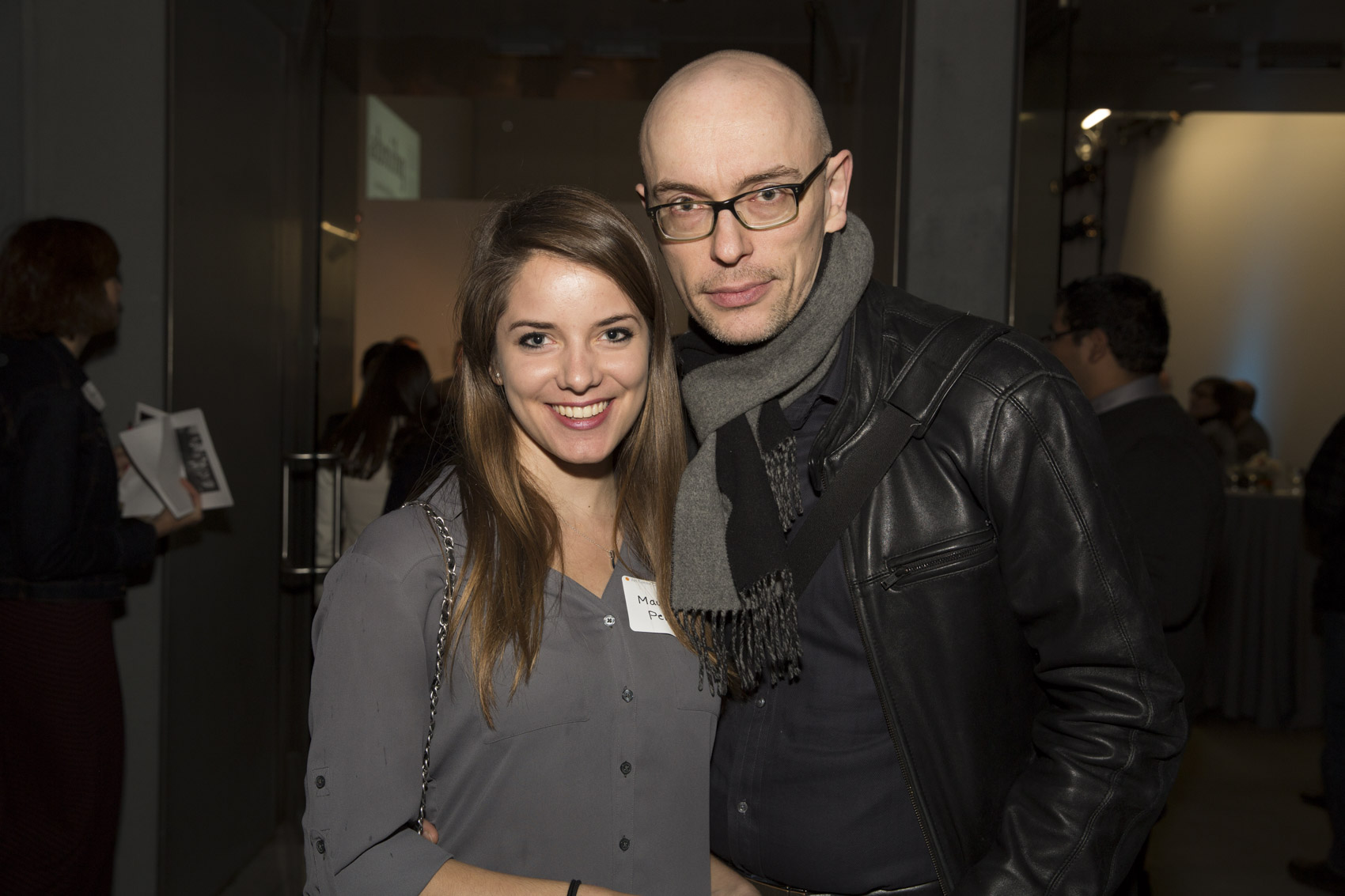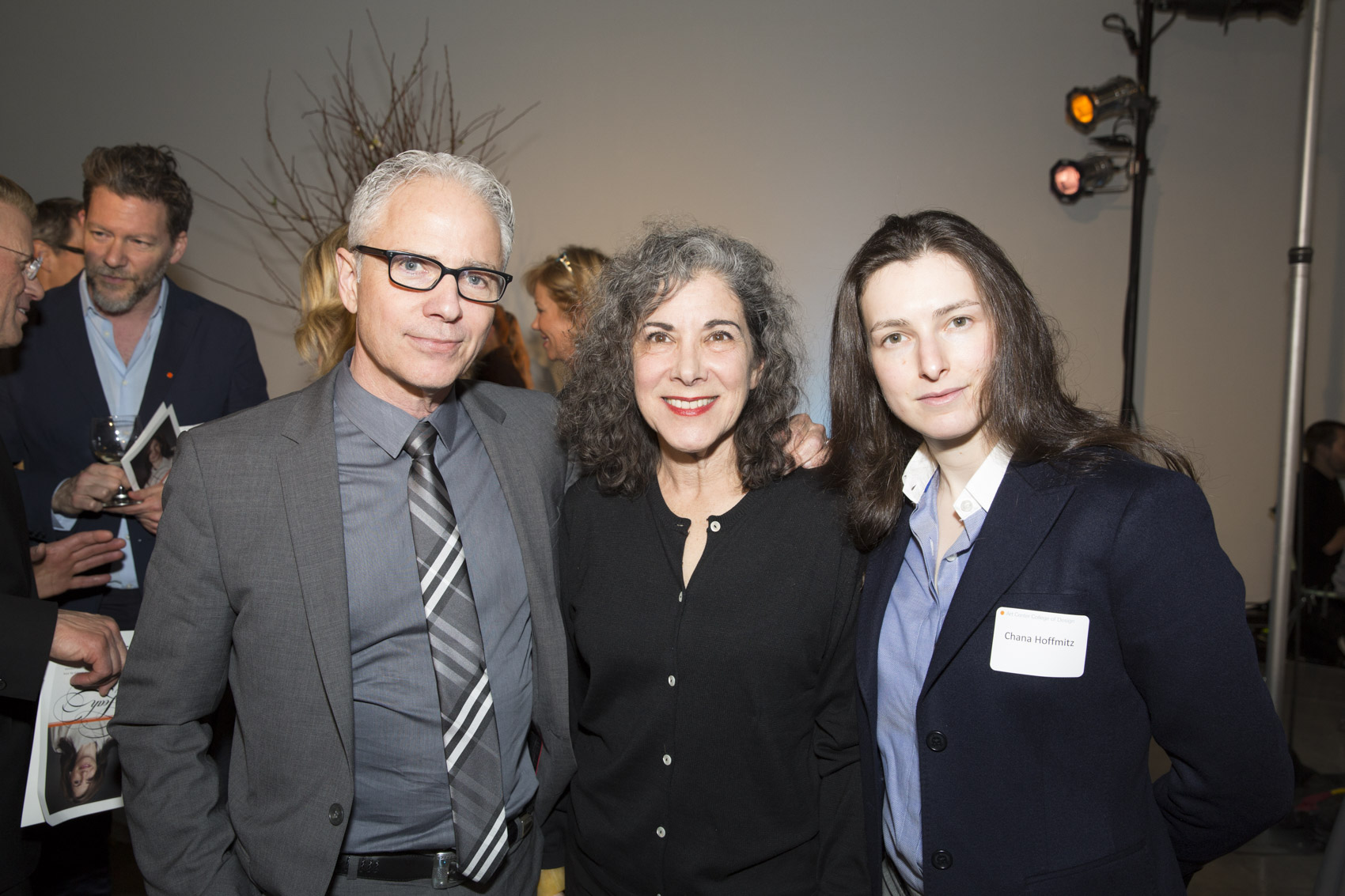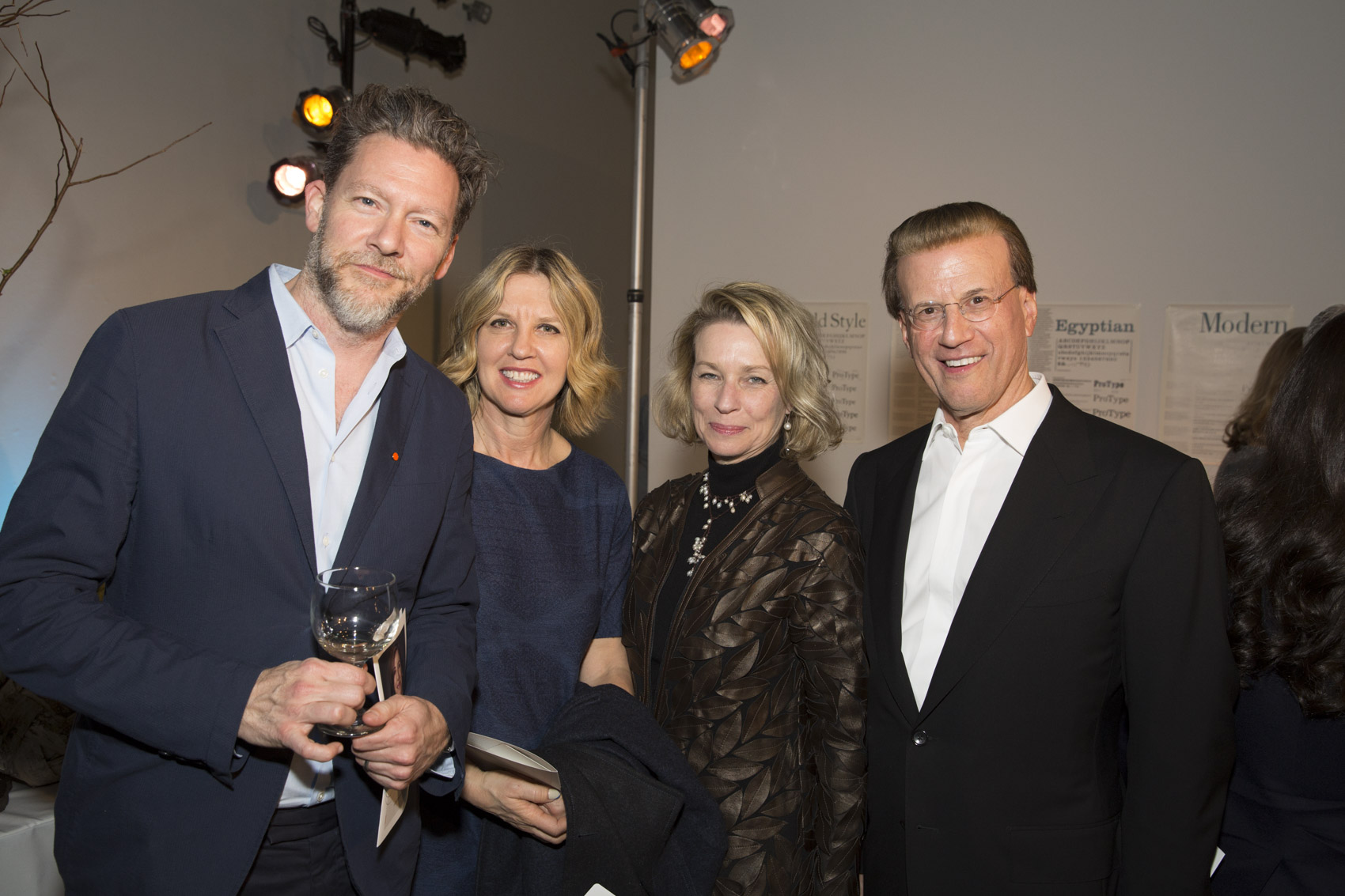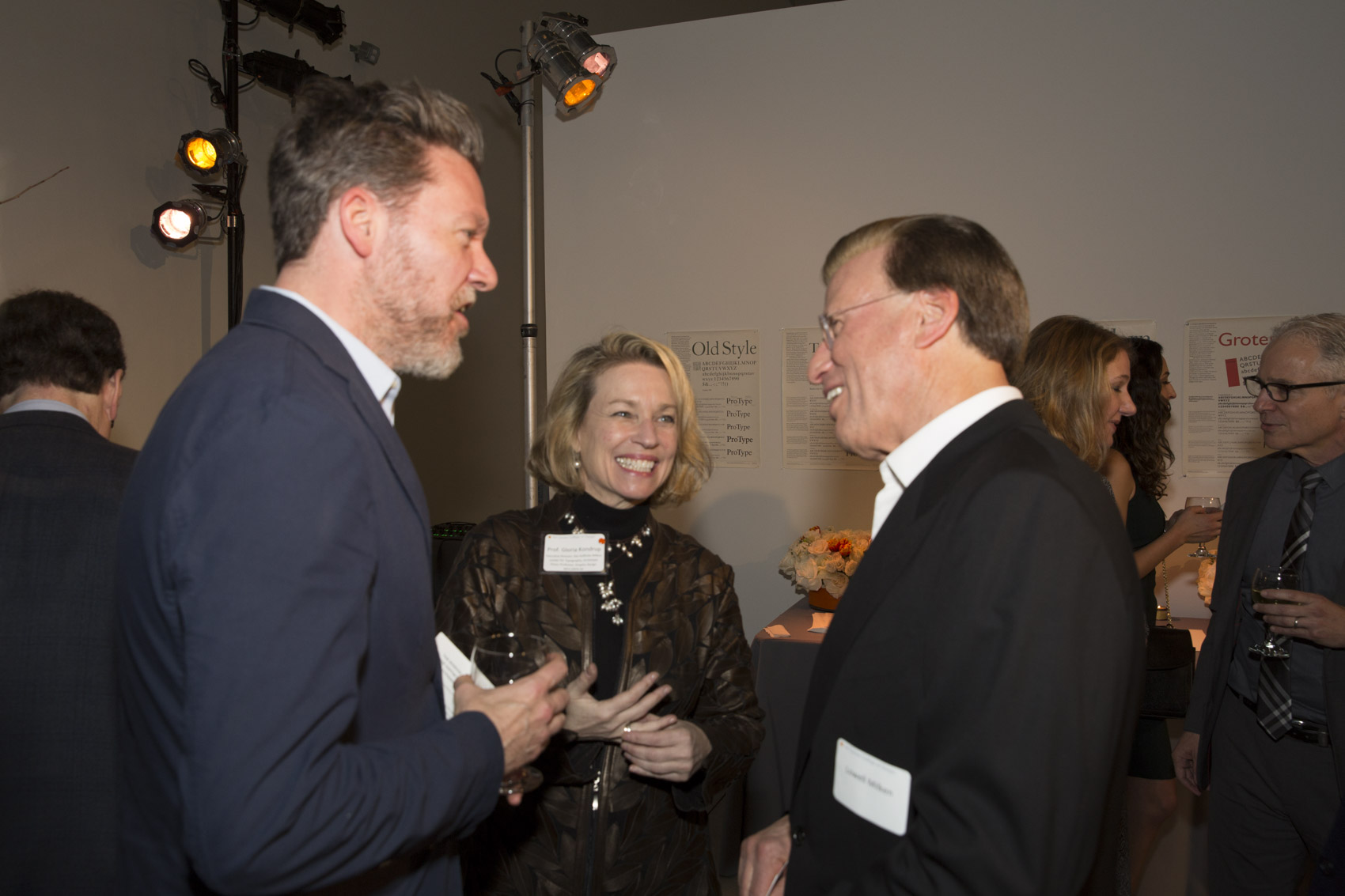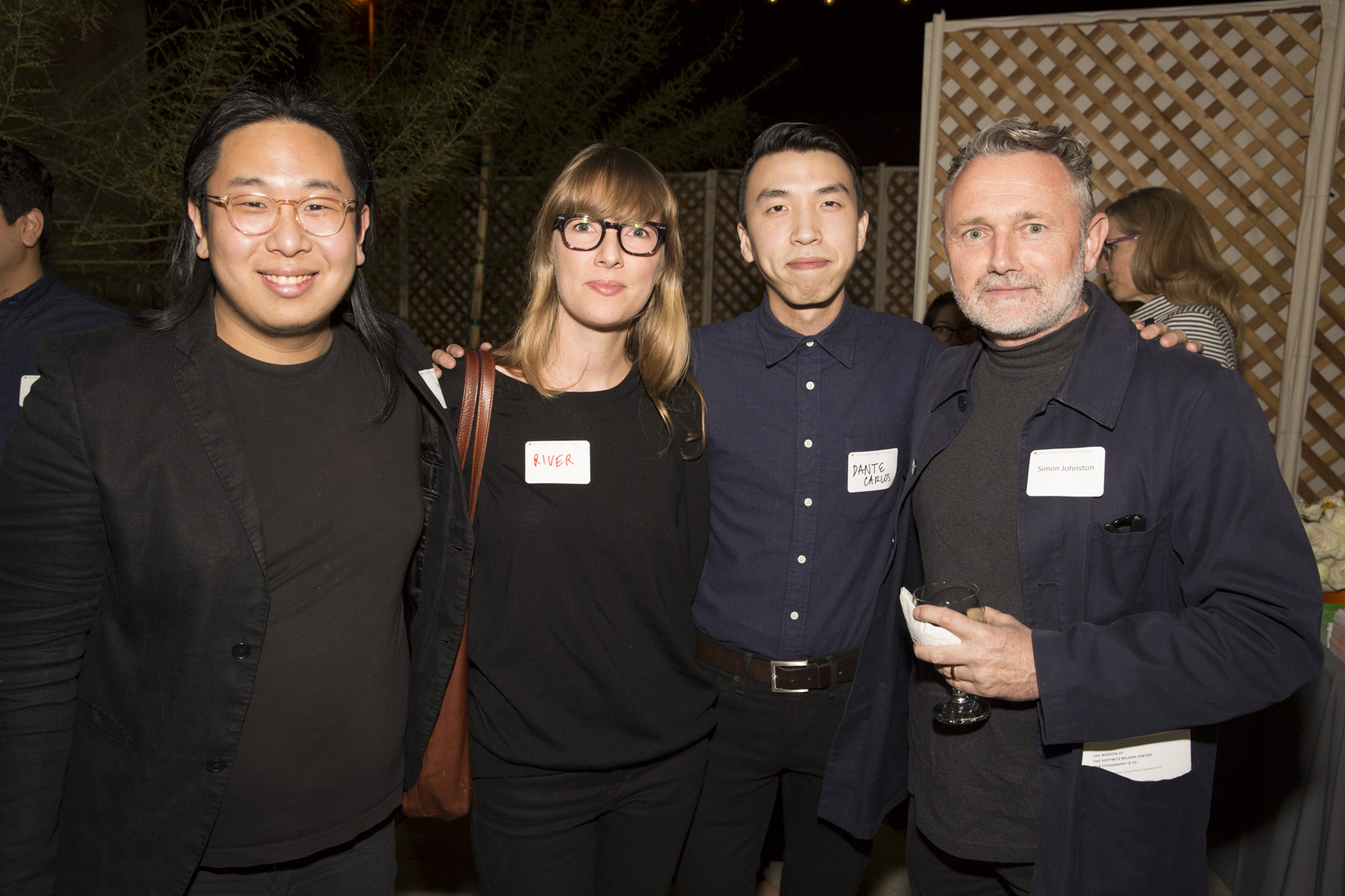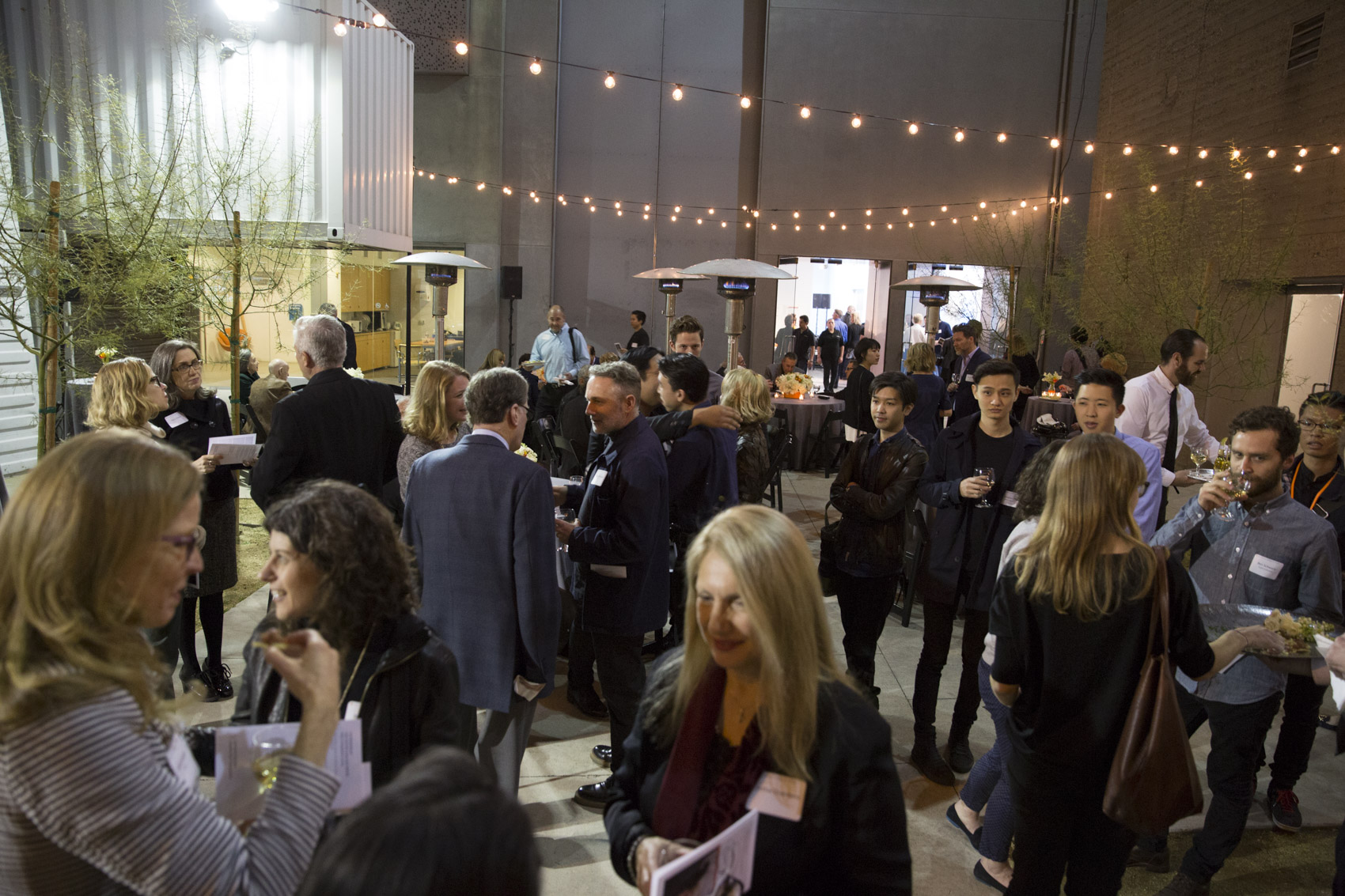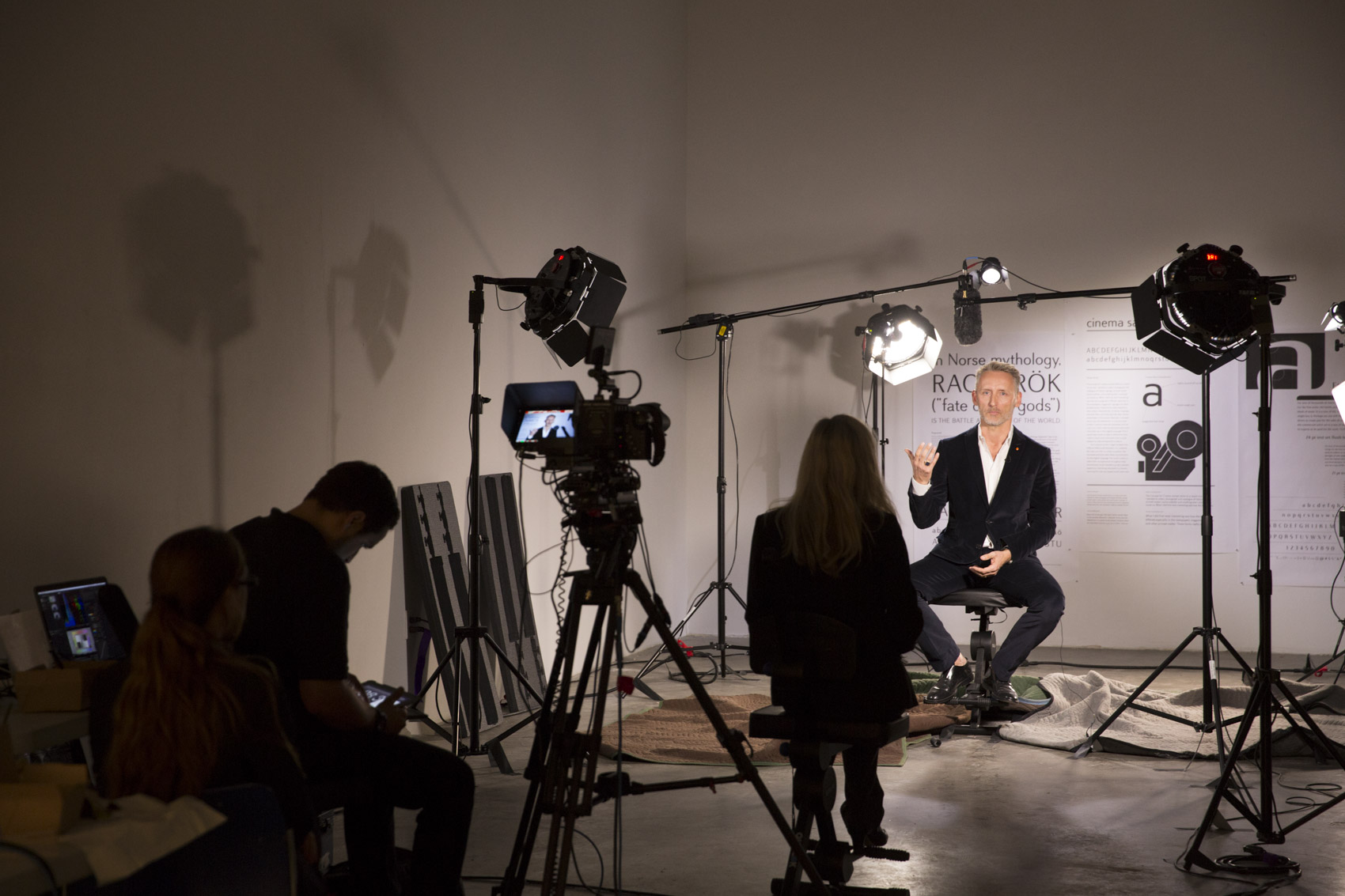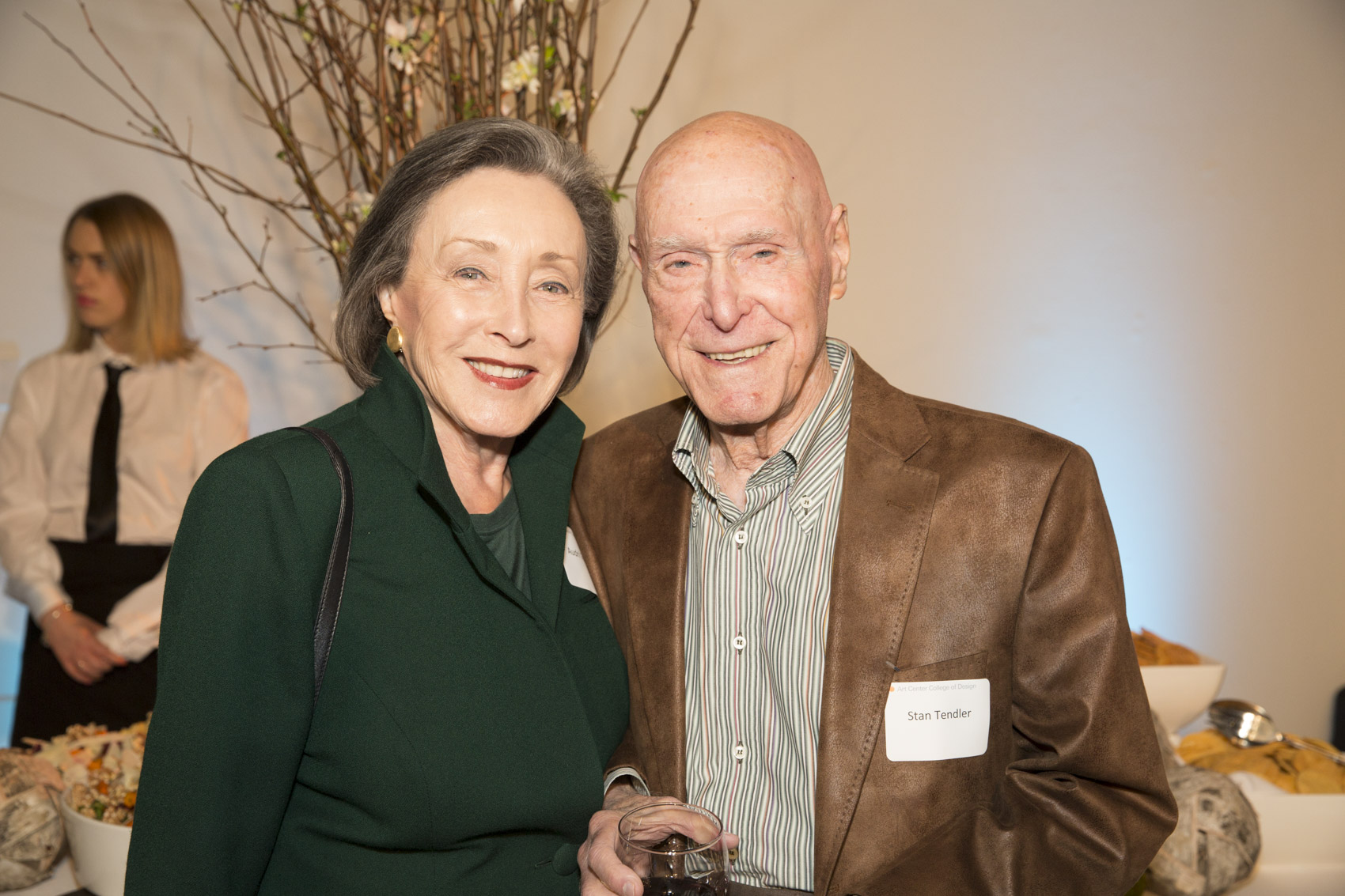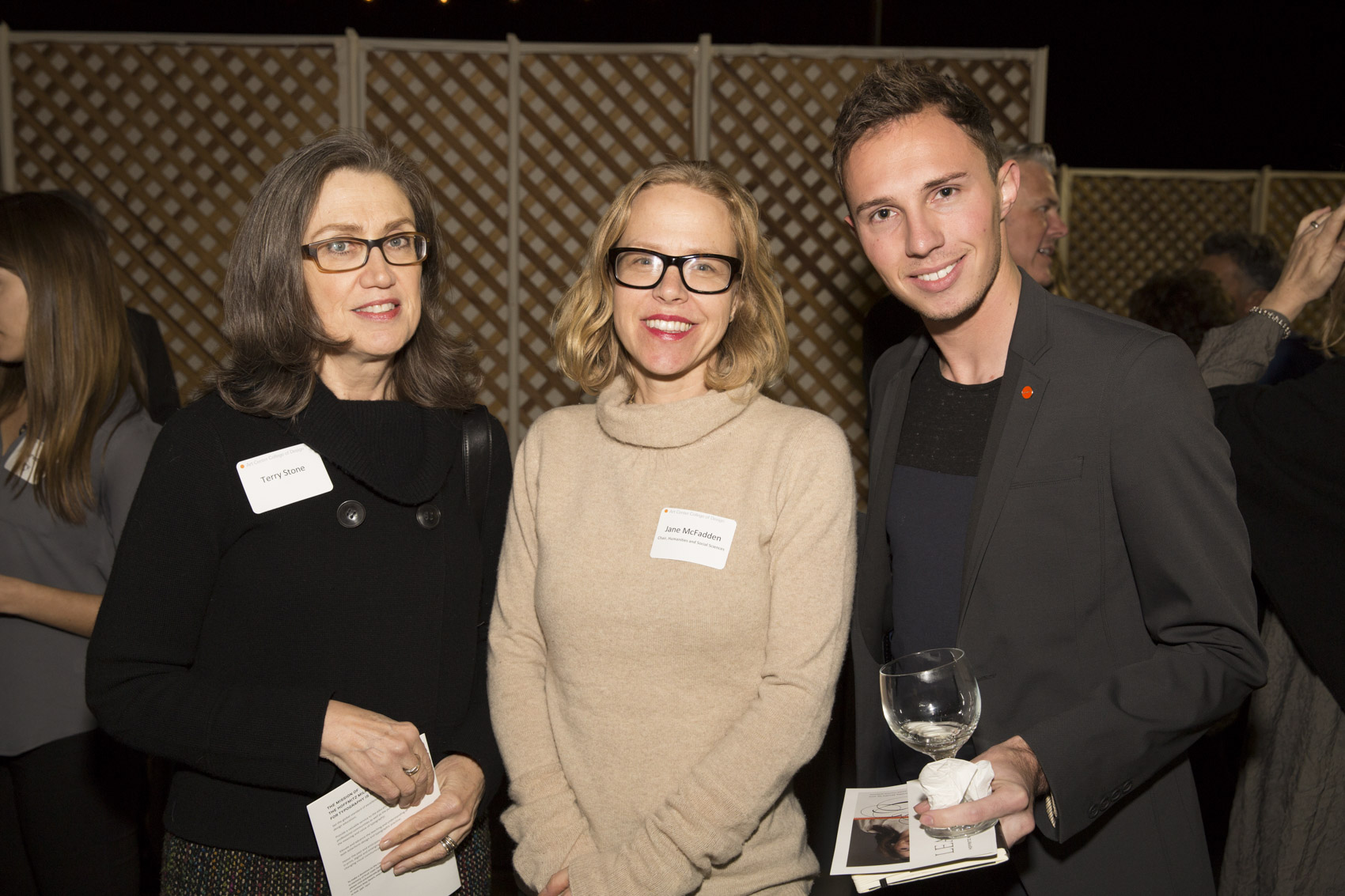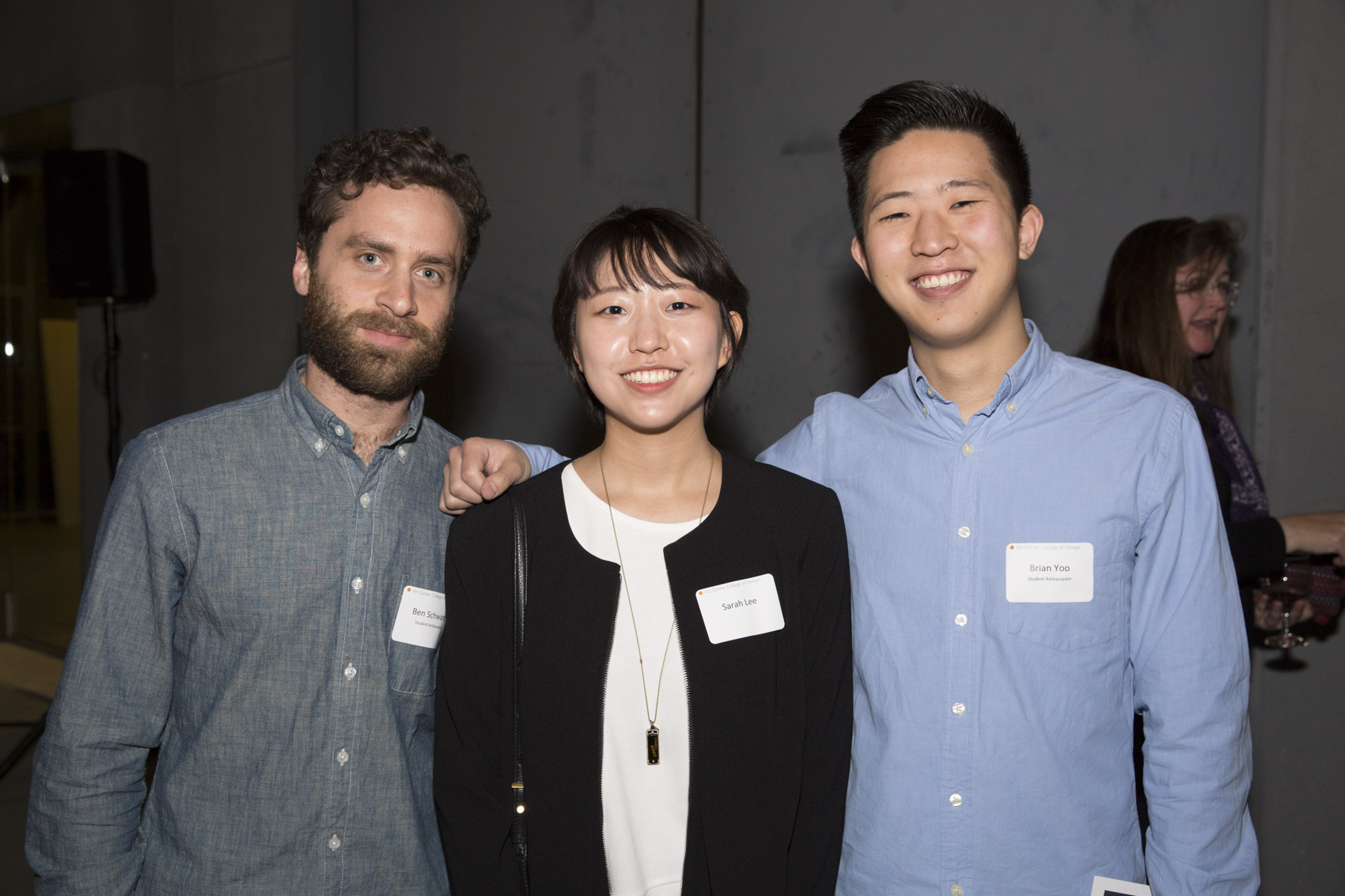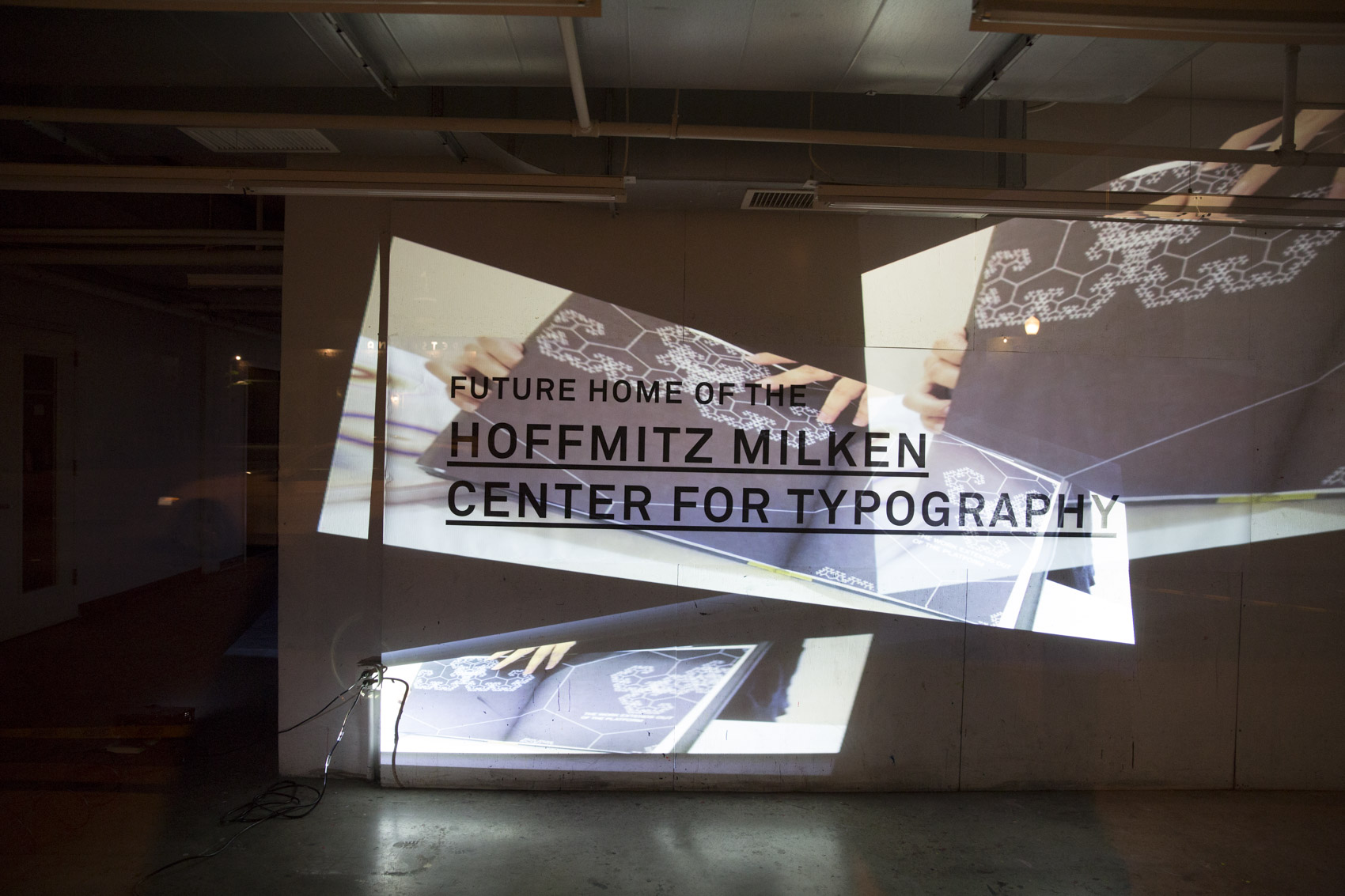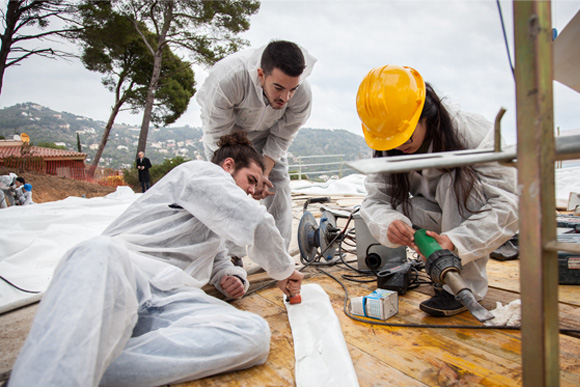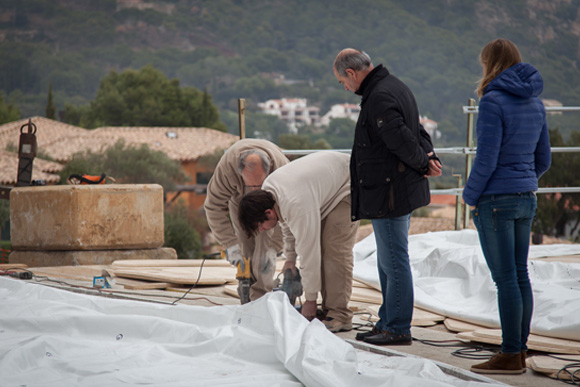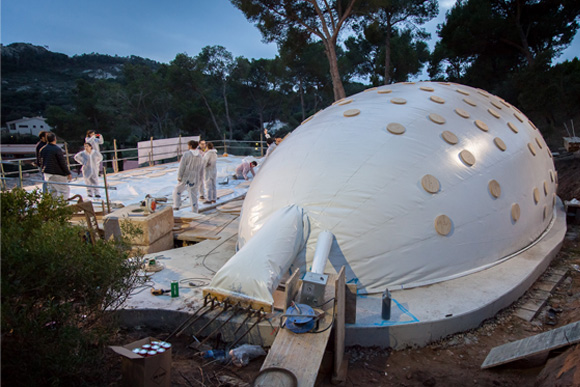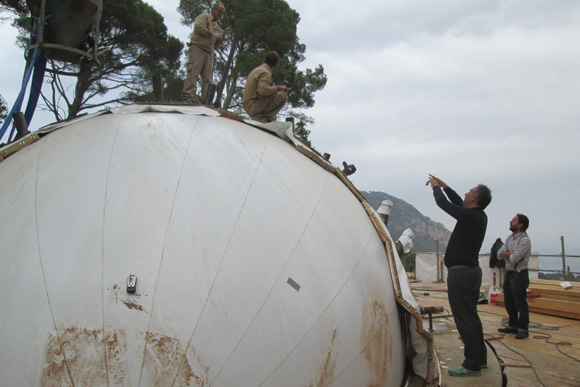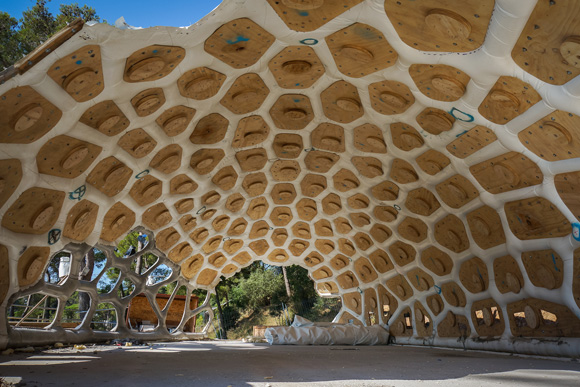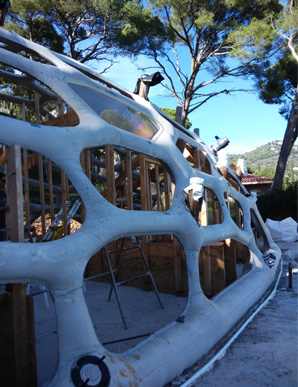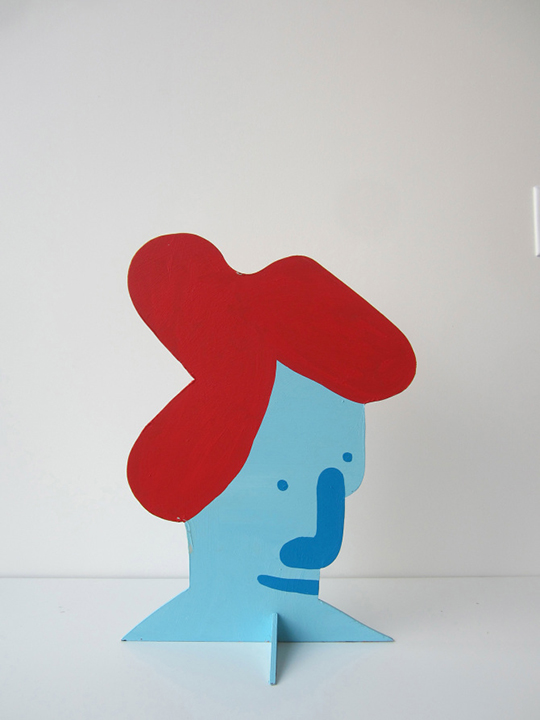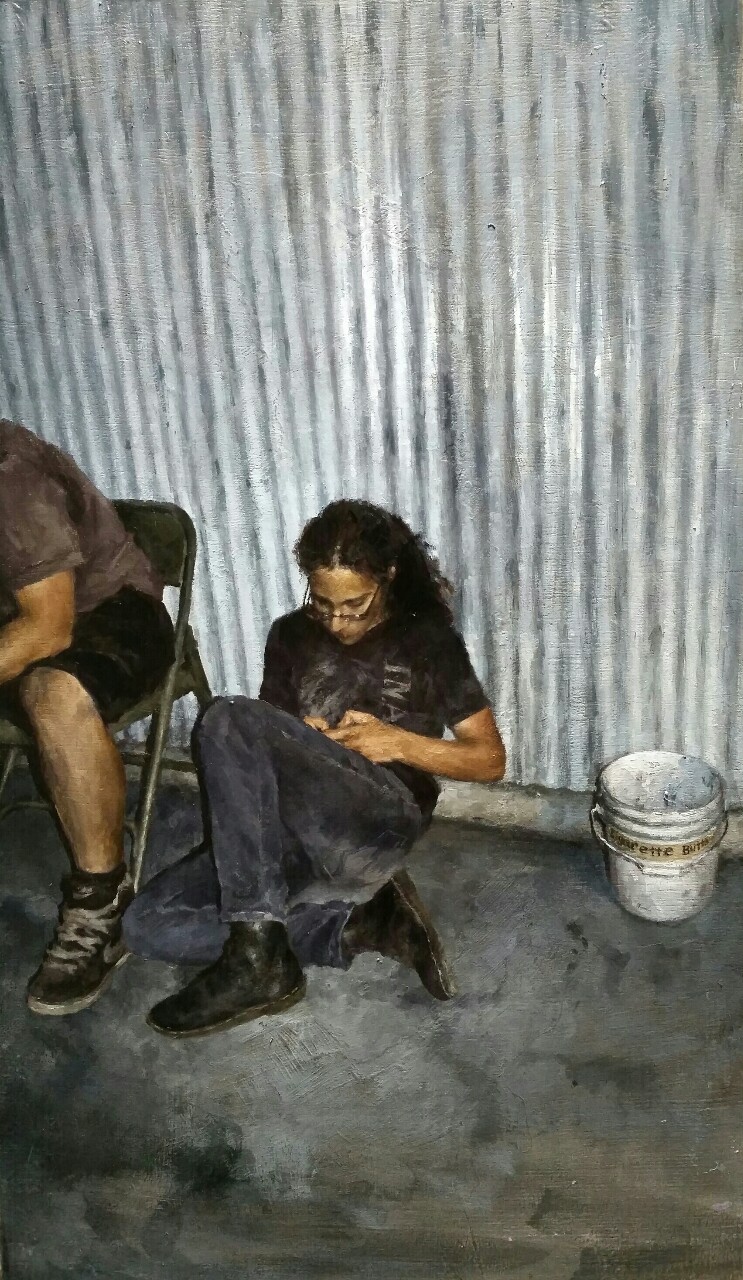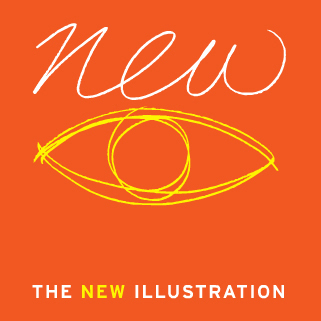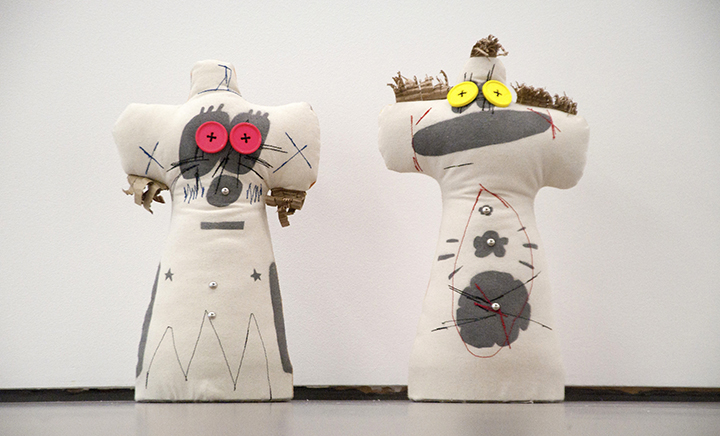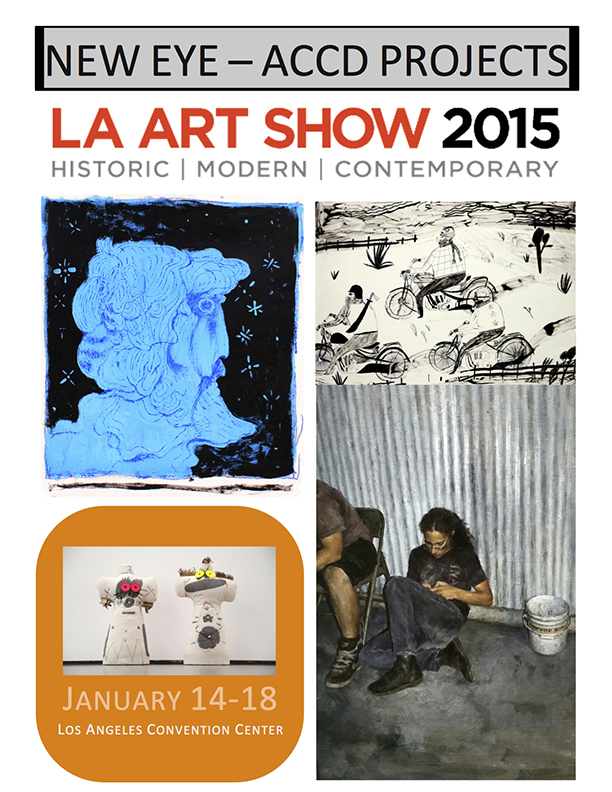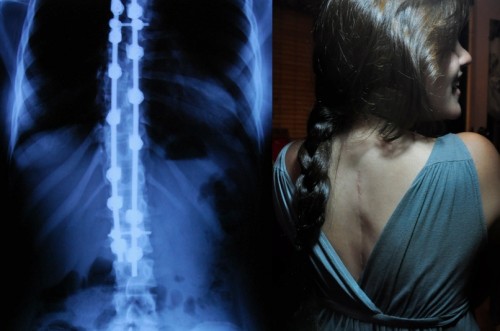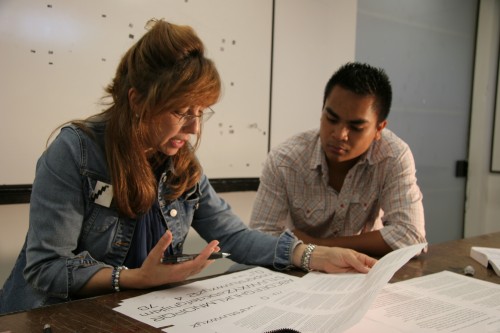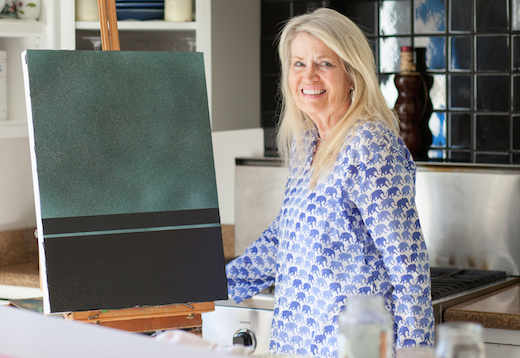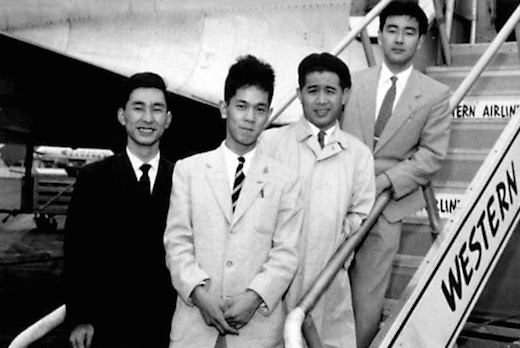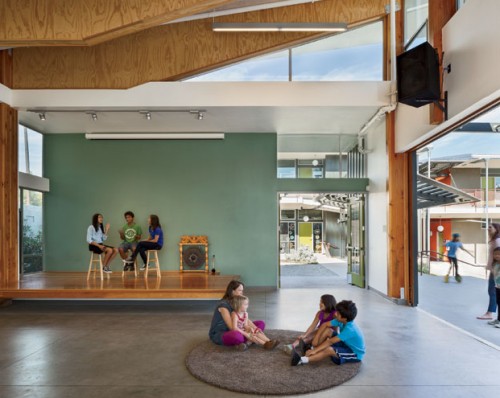
The Sequoyah School expansion, designed by Fung + Blatt and featured in Architectural Record, features lofty classrooms that echo the original buildings on the site. View full slideshow.
For the last 12 years, architect and visual artist Alice Fung has been teaching a materials course in Art Center’s Integrated Studies Department while working as a principal with her architecture firm, Fung + Blatt. One of Fung + Blatt’s recently completed projects, the Sequoyah School in Pasadena, is featured in the January 2015 Schools of the 21st Century special issue of Architectural Record, in an article by Sarah Amelar, excerpted below. The magazine’s annual review looks at “the world’s most architecturally significant K-12 schools…that exemplify good design as a crucial component in a school’s programmatic development.” The issue is currently on newsstands and available at Art Center’s Student Store at Hillside Campus. The project also received an Honor Award from the AIA last fall.
True to the collaborative spirit of the progressive Sequoyah School, in Pasadena, California, its students played active roles in the recent architectural changes on campus. Architects Alice Fung and Michael Blatt asked the pupils at this independent K-8 school to list their “wild dream” improvements and prioritize their needs. Their input had impact: Fung + Blatt Architects’ (F+B) initial intervention here, in 2009, was a shaded pick-up/drop-off shelter, addressing a top priority of its users. The architects also tackled small projects, gradually weaving together the eclectic campus, before transforming a long-overlooked section with new buildings.
Instead of disrupting learning, the multi-phased design work inspired it, engaging students, for example, in mapping and analyzing the existing campus. In Sequoyah’s “place-based” pedagogy, its surroundings are fodder for learning.
But the site—a 2.25-acre parcel between a freeway off-ramp and a major artery—is not an obvious spot for a school. Sequoyah leases its campus from Caltrans, the state highway agency, yet the school has flourished here for decades, striking a balance among seemingly irreconcilable conditions. Continue reading →

